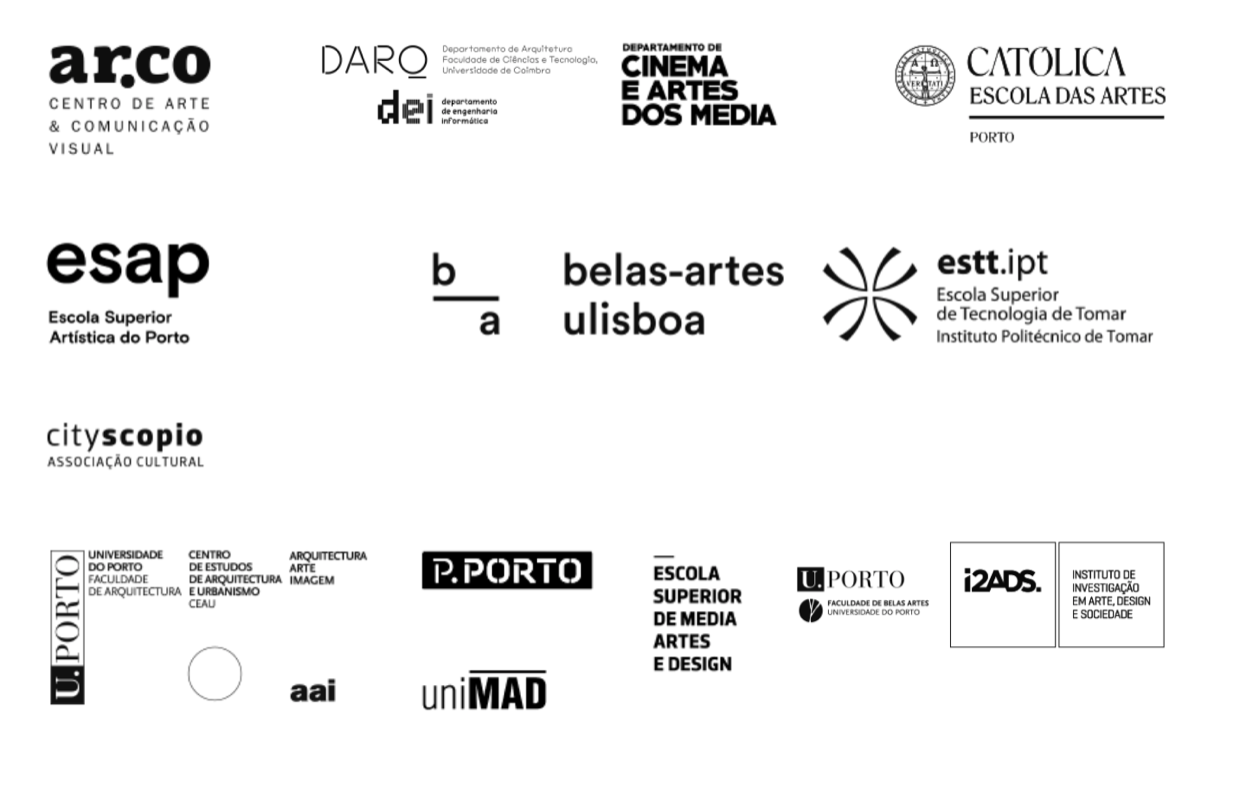COntrast III: Visual Literacy, Interdisciplinarity and Complementarity in the Teaching of Photography
On 11 December, the Casa Comum - Rectory of the University of Porto hosted the presentation of the book Contrast III: Photography in Higher Education. The session, which included a round table, brought together lecturers, artists, students and interested members of the public to debate the multiple dimensions of the teaching and practice of photography in the university context. The event highlighted the transformative role of Contrast III for higher education in Portugal, emphasising the importance of interdisciplinarity, visual literacy and complementarity between different possible approaches to teaching photography in higher education. With its wide-ranging reflections and significant contributions, the book launch has paved the way for new dialogues and innovative practices in artistic and visual education.
Opening with Fátima Vieira
The Vice-Rector of U.Porto, Fátima Vieira, opened the session with a speech highlighting the importance of Contrast III as a milestone for the valorisation of photography teaching in higher education. The publication was highlighted as an essential record for preserving the pedagogical memory of photographic teaching in Portugal, while also underlining its role as a driving force for innovation and internationalisation.
He also emphasised that the work constitutes a space for integrative dialogue, connecting different disciplinary areas, such as architecture, design and the arts, and promoting collaboration between institutions and cultural agents. She concluded by emphasising the project's impact on valuing photography as a transformative practice and a tool for critical thinking.
After her speech, Fátima Vieira gave the floor to Pedro Leão Neto, the book's editorial coordinator.
Intertextuality, Interdisciplinarity and Complementarity
Pedro Leão Neto presented the main pillars of the Contrast project and centred his talk on intertextuality as one of the foundations of the Contrast project. Citing authors such as Jenny Laurent and Roland Barthes, he emphasised how photography can reinterpret contexts and works, generating new critical readings. He also emphasised the role of interdisciplinarity in Contrast, which crosses areas such as architecture, the arts and design to offer students enriching perspectives and diversified strategies for tackling common problems. This was followed by a speech by Joaquim Moreno, director of the MIArq programme at FAUP.
The need for curricular transformation in higher education, promoting greater flexibility and interdisciplinarity
Joaquim Moreno, for his part, reinforced the need for curricular transformation in higher education, promoting greater flexibility and interdisciplinarity. He emphasised the importance of credit integration and interdisciplinary seminars as forces that can stimulate mobility between courses and expand the range of tools available to students.
Interdisciplinarity, but they brought to the debate a fundamental issue: the balance between the different layers of photography teaching
José Maças de Carvalho (DARQ-DEI) and Nuno Ramalho (ESAP) corroborated the importance of interdisciplinarity, but brought up a fundamental issue: the balance between the different layers of photography teaching. Both argued that teaching should complement both an authorial approach, which favours the artistic and creative dimension, and a technical and professional approach, which is essential for preparing students for the labour market.
Complementarity in Photography Teaching
Luís Ribeiro, representing ESMAD, emphasised the need to guarantee this balance between the different layers of photography teaching, stressing that in the case of ESMAD, which offers a bachelor's and master's degree in photography, it is essential that the two approaches coexist. Ribeiro argued that this complementarity enriches the students' training and responds to the contemporary demands of the photographic sector.
Public Participation: Photographic Literacy and Global Perspectives
The debate was also enriched by speeches from the audience, the first of which was Sofia Prata Morais (DARQ-DEI), who was even invited to take part in the round table and who, as the author of one of the published works, had the opportunity to explain her artistic project in greater detail, as well as mentioning the importance of the Contrast project and its publication for the visibility and exchange of authors, teachers and institutions. The second speaker was Estefânia R. de Almeida, head of Galeria Adorna. She pointed out the urgent need to encourage greater photographic literacy, not just in humanities and arts courses, but across the board in different areas of education, as is the case in many European countries and other parts of the world. He also emphasised the importance of integrating photography as a core subject, promoting visual and critical thinking.
A Publication with a Transformative Purpose
Contrast III brings together reflections and work from 11 higher education institutions, such as DARQ-DEI, DCAM-ECATI, EA.UCP, ESAP, ESMAD, FAUP, FBAUL, FBAUP, FEUP and IPT, setting out to explore innovative pedagogical strategies and to valorise photography as an interdisciplinary field. More than an editorial record, the book serves as a catalyst for critical debates on the teaching of photography, encouraging the integration of artistic, technical and theoretical practices.
The session ended with a wide-ranging debate in which teachers, students and artists shared their experiences, reinforcing the relevance of photography as a vehicle for interdisciplinary dialogue and cultural transformation.
Exhibition in progress
The presentation of the book was the first round table in the CONTRAST project programme following the opening of the exhibition ‘Alterity, Absence and Origin’, which can be visited at the Portuguese Photography Centre until 27 April 2025.
EDUCATIONAL INSTITUTIONS AND RESEARCH CENTRES
APOIOS
O projeto foi seleccionado para financiamento no concurso de apoio a projectos criação e edição da DGARTES, através da Associação Cultural Cityscopio, com coordenação conjunta entre a ESMAD-uniMAD e a FBAUP – i2ADS, e liderada pela FAUP.












